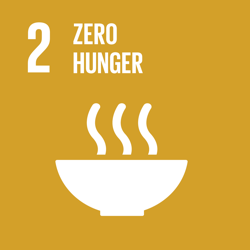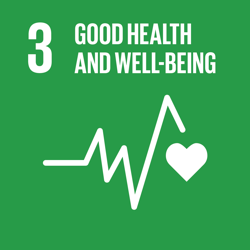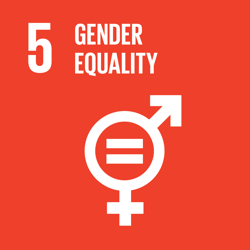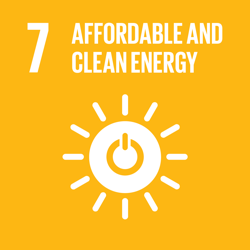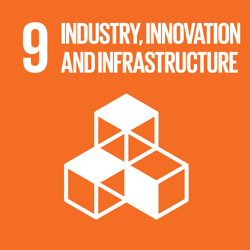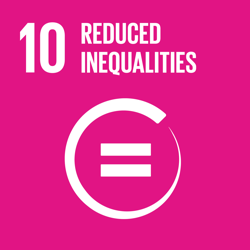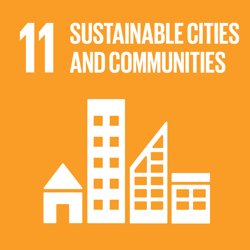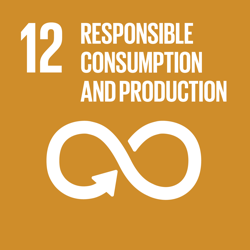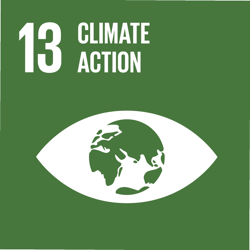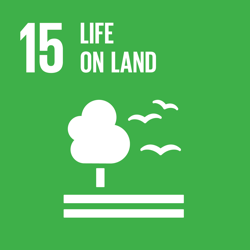Sustainable Development Goals
Measuring progress

The United Nations Sustainable Development Goals (SDGs) are targets for global development adopted in September 2015, set to be achieved by 2030. Here we present data across all available indicators from the Our World in Data database tracking progress towards these goals around the world. These visualisations present the latest data on our progress.
Goal 1: End poverty in all its forms everywhere
Extreme poverty rates have fallen by more than half since 1990. While this is a remarkable achievement, one-in-five people in developing regions still live on less than $1.90 a day. Millions more make little more than this daily amount and are at risk of slipping back into extreme poverty. Sustainable Development Goal 1 (SDG1) aims to eradicate extreme poverty by 2030.
Goal 2: End hunger, achieve food security and improved nutrition and promote sustainable agriculture
Food and nutrition is a basic requirement for health and wellbeing. Whilst globally we produce more than enough food for today’s population, 815 million people remained undernourished in 2016. Improving nutrition extends beyond basic caloric needs and incorporates all forms of malnutrition including childhood wasting, stunting, micronutrient deficiencies (particularly in children, pregnant and lactating women), and obesity. Malnutrition is therefore highly relevant to all countries.
Goal 3: Ensure healthy lives and promote well-being for all at all ages
Ensuring healthy lives and promoting the well-being for all at all ages is essential to sustainable development. Significant strides have been made in increasing life expectancy and reducing some of the common killers associated with child and maternal mortality. Major progress has been made on increasing access to clean water and sanitation, reducing malaria, tuberculosis, polio and the spread of HIV/AIDS. However, many more efforts are needed to fully eradicate a wide range of diseases and address many different persistent and emerging health issues.
Goal 4: Ensure inclusive and quality education for all and promote lifelong learning
Obtaining a quality education underpins a range of fundamental development drivers. Major progress has been made towards increasing access to education at all levels, particularly for women and girls. Basic literacy skills across the world have improved tremendously, yet bolder efforts are needed to achieve universal education goals for all. For example, the world has achieved equality in primary education between girls and boys, but few countries have achieved that target at all levels of education.
Goal 5: Achieve gender equality and empower all women and girls
Gender equality is not only a fundamental human right, but a necessary foundation for a peaceful, prosperous and sustainable world. Providing women and girls with equal access to education, health care, decent work, and representation in political and economic decision-making processes will fuel sustainable economies and benefit societies and humanity at large.
Goal 6: Ensure access to water and sanitation for all
Clean water is a basic human need, and one that should be easily accessible to all. There is sufficient fresh water on the planet to achieve this. However, due to poor infrastructure, investment and planning, every year millions of people — most of them children—die from diseases associated with inadequate water supply, sanitation and hygiene.
Goal 7: Ensure access to affordable, reliable, sustainable and modern energy for all
Energy is central to nearly every major challenge and opportunity the world faces today. Be it for jobs, security, climate change, food production or increasing incomes, access to energy for all is essential. Transitioning the global economy towards clean and sustainable sources of energy is one of our greatest challenges in the coming decades. Sustainable energy is an opportunity – it transforms lives, economies and the planet.
Goal 8: Promote inclusive and sustainable economic growth, employment and decent work for all
Roughly half the world’s population still lives on the equivalent of about US$2 a day. And in too many places, having a job doesn’t guarantee the ability to escape from poverty. This slow and uneven progress requires us to rethink and retool our economic and social policies aimed at eradicating poverty.
Goal 9: Build resilient infrastructure, promote sustainable industrialization and foster innovation
Investments in infrastructure – transport, irrigation, energy and information and communication technology – are crucial to achieving sustainable development and empowering communities in many countries. It has long been recognized that growth in productivity and incomes, and improvements in health and education outcomes require investment in infrastructure.
Goal 10: Reduce inequality within and among countries
The international community has made significant strides towards lifting people out of poverty. The most vulnerable nations – the least developed countries, the landlocked developing countries and the small island developing states – continue to make inroads into poverty reduction. However, inequality still persists, and large disparities remain in access to health and education services and other assets.
Goal 11: Make cities inclusive, safe, resilient and sustainable
The challenges cities face can be overcome in ways that allow them to continue to thrive and grow, while improving resource use and reducing pollution and poverty. The future we want includes cities of opportunities for all, with access to basic services, energy, housing, transportation and more.
Goal 12: Ensure sustainable consumption and production patterns
Sustainable consumption and production is about promoting resource and energy efficiency, sustainable infrastructure, and providing access to basic services, green and decent jobs and a better quality of life for all. Its implementation helps to achieve overall development plans, reduce future economic, environmental and social costs, strengthen economic competitiveness and reduce poverty.
Goal 13: Take urgent action to combat climate change and its impacts
Affordable, scalable solutions are now available to enable countries to leapfrog to cleaner, more resilient economies. The pace of change is quickening as more people are turning to renewable energy and a range of other measures that will reduce emissions and increase adaptation efforts. Further data and statistics can be found at our entry on CO2 and Other Greenhouse Gas Emissions.
Goal 14: Conserve and sustainably use the oceans, seas and marine resources
Our oceans — their temperature, circulation, chemistry, and ecosystems — play a fundamental role in making Earth habitable. Our rainwater, drinking water, weather, climate, coastlines, much of our food, and even the oxygen in the air we breathe, are all ultimately provided and regulated by the sea. Throughout history, oceans and seas have been vital conduits for trade and transportation. Careful management of this essential global resource is a key feature of a sustainable future.
Goal 15: Sustainably manage forests, combat desertification, halt and reverse land degradation, halt biodiversity loss
Forests cover 30 per cent of the Earth’s surface and in addition to providing food security and shelter, forests are key to combating climate change, protecting biodiversity and the homes of the indigenous population. Thirteen million hectares of forests are being lost every year while the persistent degradation of drylands has led to the desertification of 3.6 billion hectares.
Goal 16: Promote just, peaceful and inclusive societies
Goal 16 of the Sustainable Development Goals is dedicated to the promotion of peaceful and inclusive societies for sustainable development, the provision of access to justice for all, and building effective, accountable institutions at all levels.
Goal 17: Revitalize the global partnership for sustainable development
A successful sustainable development agenda requires partnerships between governments, the private sector and civil society. These inclusive partnerships built upon principles and values, a shared vision, and shared goals that place people and the planet at the centre, are needed at the global, regional, national and local level.


